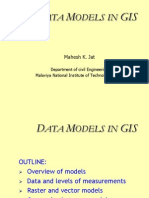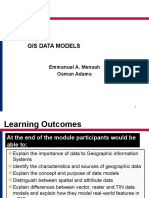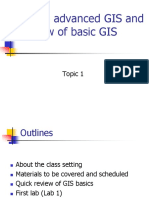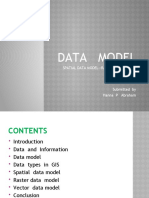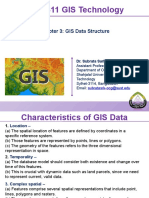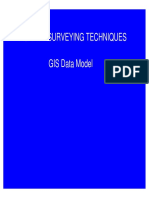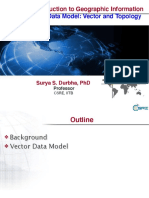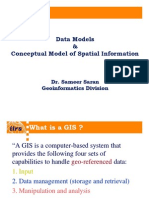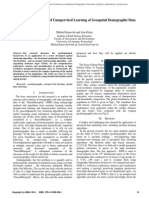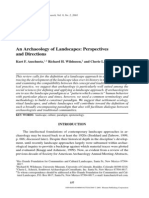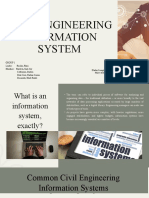0% found this document useful (0 votes)
36 views42 pagesGIS Lecture 2
The lecture covers the distinction between data and information, emphasizing that data are raw observations while information is data with context. It explains the two types of GIS data: continuous and object-based, and introduces spatial data models, specifically raster and vector models. The lecture also discusses the structure and advantages/disadvantages of these models, including their formats and the challenges of converting between them.
Uploaded by
s136898Copyright
© © All Rights Reserved
We take content rights seriously. If you suspect this is your content, claim it here.
Available Formats
Download as PDF, TXT or read online on Scribd
0% found this document useful (0 votes)
36 views42 pagesGIS Lecture 2
The lecture covers the distinction between data and information, emphasizing that data are raw observations while information is data with context. It explains the two types of GIS data: continuous and object-based, and introduces spatial data models, specifically raster and vector models. The lecture also discusses the structure and advantages/disadvantages of these models, including their formats and the challenges of converting between them.
Uploaded by
s136898Copyright
© © All Rights Reserved
We take content rights seriously. If you suspect this is your content, claim it here.
Available Formats
Download as PDF, TXT or read online on Scribd
/ 42



